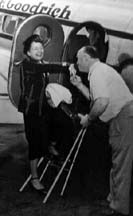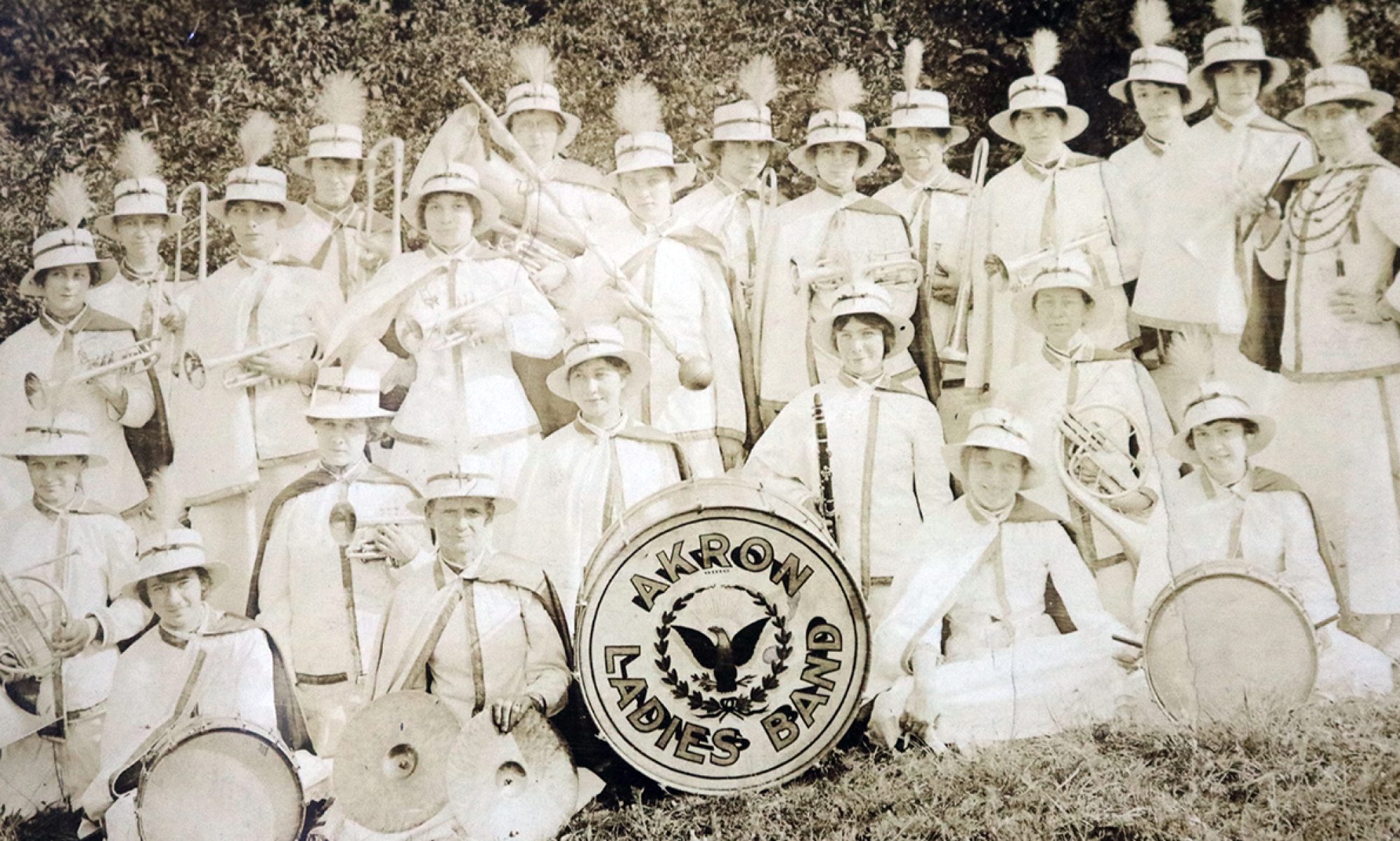
Helen Stocking Waterhouse was the “most controversial newspaperwoman in Akron history,” Beacon JournalManaging Editor Murray Powers wrote. Waterhouse could be abrasive and inaccurate but she also had great sources, enormous energy and enthusiasm and an eye for a story, he observed. Over her almost 40 years with the Beacon Journal, she wrote many front page stories.
She was born Helen Stocking on May 31, 1892 in Watertown, Mass. She was educated in the Watertown schools and then went on to Boston Normal School and Fenway School of Illustration. She started her newspaper career in Massachusetts for the Springfield Union.
She moved to Akron with her husband, Ralph, and two children in the mid 1920s. Ralph Waterhouse would go on to be superintendent of Akron schools from 1934 to 1942. He would also divorce his journalist wife in 1940 on the grounds of neglect.
In Akron, Waterhouse started her journalism career as a freelance writer for the Beacon Journal in the mid 1920s. Freelance writers are paid by the story. By 1928, Waterhouse was selling so many stories to the Beacon,she was making more than many staff reporters. John S. Knight, publisher of the newspaper, hired Waterhouse full-time as a way to save money.
It turned out to be great timing because Waterhouse was going to cover some of the most important stories of the 1930s. An aviation enthusiast (Waterhouse was the first woman aviation writer in the nation), she was friends with most of the early pilots in the nation – Amelia Earhart, Wiley Post and Col. Charles Lindbergh. It was her connection with Lindbergh that probably explained why the Beacon sent Waterhouse to cover the trial of Bruno Richard Hauptmann, accused of kidnapping and killing the aviator’s son. In 1935, she was competing with the likes of reporting legends Walter Winchell, Lowell Thomas and Dorothy Kilgallen. But she scooped them all when she got the only interview with the accused kidnapper. Winchell didn’t care for Waterhouse, dismissing her as the “Akron disaster.” Waterhouse also covered the Hindenburg disaster in Lakehurst, N.Y., in 1937.
But her stories in those early days didn’t just involve aviation. She interviewed some of the most important personalities of the day, including first lady Eleanor Roosevelt and the Duke and Duchess of Windsor. During World War II, she was best known for her profiles of the Akron boys killed in action.
After the war, she concentrated on international reporting from France, Germany, Austria, Italy, Greece and Yugoslavia. It was her time in Yugoslavia that won her two invited audiences with Pope Pius XII at the Vatican. She also covered stories in Israel, Korea, Japan and Russia. She covered the Indo-China war in 1954 and went to Castro’s Cuba in 1960.
But it was the stories that she wrote about Akron and its residents that made her a favorite with Beacon readers. She was the “queen bee” of the Soap Box Derby. She wrote stories about tragedies and human triumphs.
Waterhouse was a member of the National Aviation Writers Association and the Overseas Press Club. She founded the Ohio Press Women’s Association.
She won many awards during her long career. In 1940, 1941 and 1943, she won TWA’s award for best newspaper work in aviation. She won 15 awards from the National Press Women’s organization. That group named her Press Woman of Achievement in 1957 and 1958 and Woman of the Year in 1963.
In 1965, Waterhouse herself became front page news. On her way to a story, she suffered a cerebral hemorrhage while driving on West Exchange Street in Akron. Her car slammed into a light pole and Waterhouse died.
Her funeral was packed with readers, editors, reporters and sources (including Dr. Sam Sheppard, who had been convicted of killing his wife in Bay Village). The Beacon’s publisher, editor, managing editor, copy editor, editorial page editor and sports editor served as pall bearers.
Waterhouse is buried in Watertown, Mass.
Photo courtesy of the Beacon Journal.
–Kathleen L. Endres
